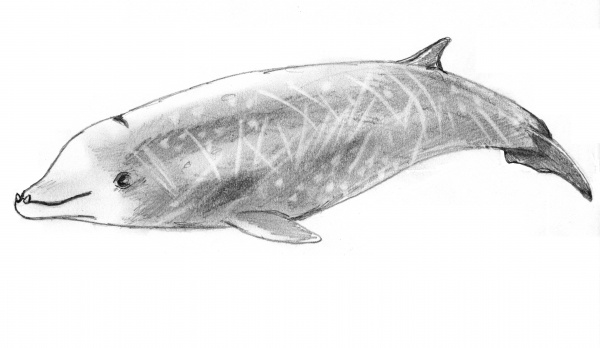Facts About Cuvier's beaked whale
Cuvier's beaked whale, also known as the goose-beaked whale, is the only species within the genus Ziphius. This fascinating marine mammal is among the most widely distributed of the beaked whales, typically inhabiting deep oceanic waters that exceed depths of 1,000 meters.
The species has a notable history, first described by the French anatomist Georges Cuvier in 1823. Initially, it was erroneously considered extinct until its existence was confirmed in 1850. These whales possess a robust, cigar-shaped body, reaching lengths of 5 to 7 meters and weighing approximately 2,500 kilograms. They are characterized by a curved dorsal fin, small flippers, and a short beak with a distinctive bulbous melon.
Cuvier's beaked whales primarily feed on squid and deep-sea fish, and they are exceptional divers, capable of reaching depths of up to 2,992 meters. They are found in deep offshore waters globally, with distinct populations in various regions.
Conservation efforts are vital for these whales as they face threats such as accidental capture in fishing operations and noise pollution. Various international agreements and memorandums aim to protect them and their habitats. Cuvier's beaked whales are particularly sensitive to noise, and mass strandings have been linked to naval sonar activities.

 Bulgaria
Bulgaria